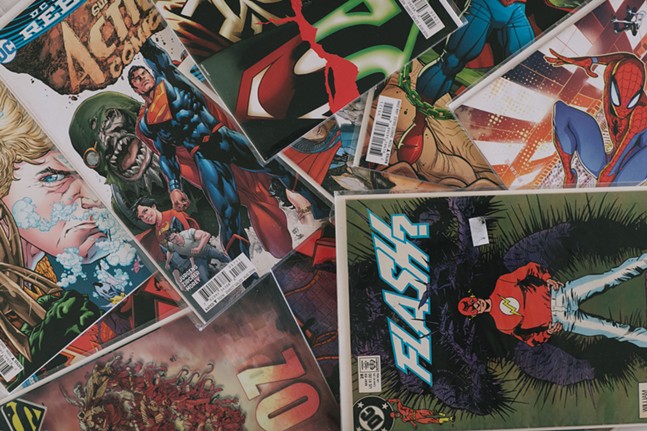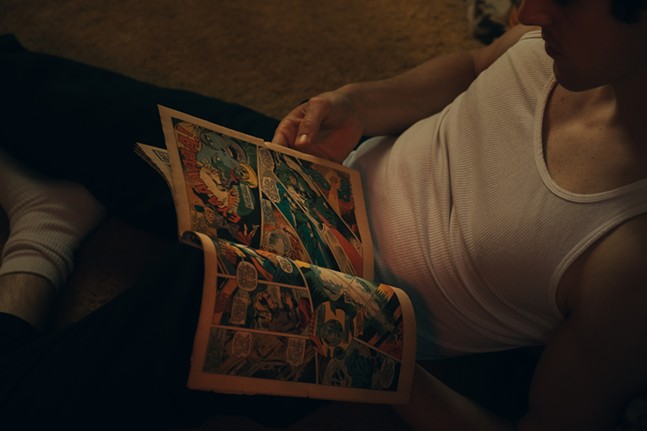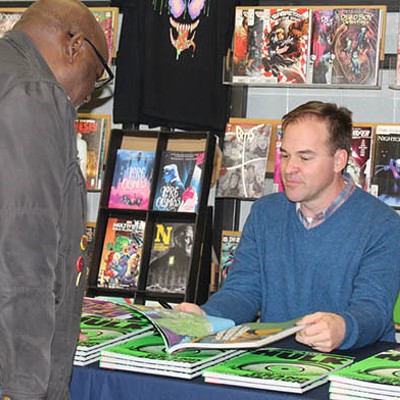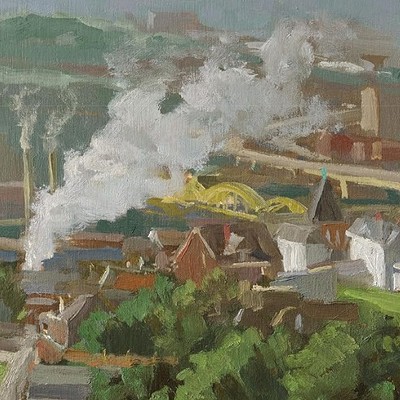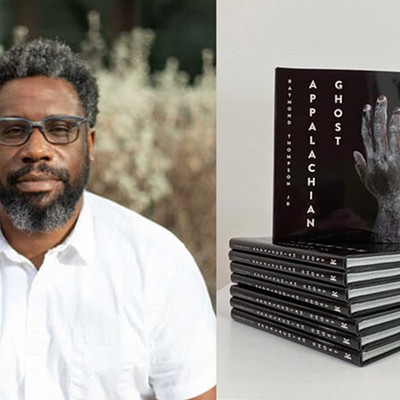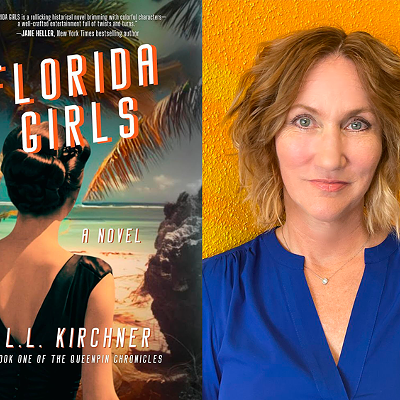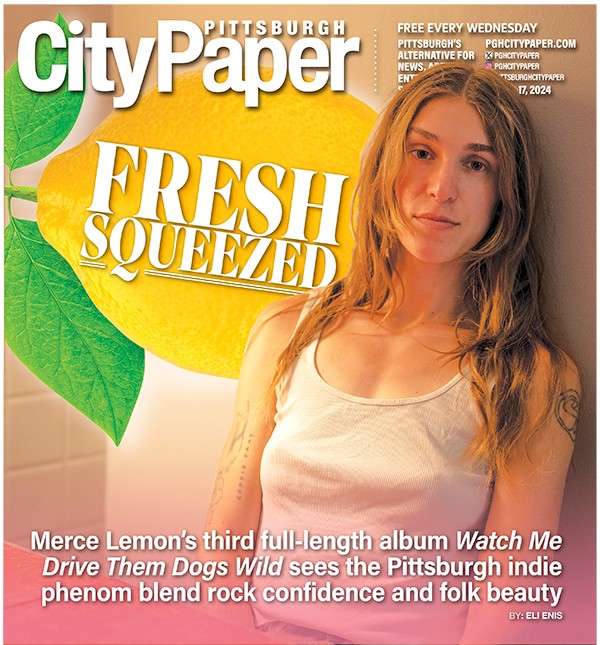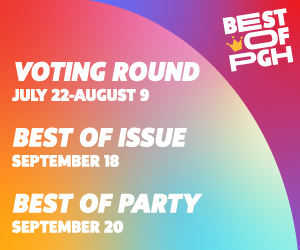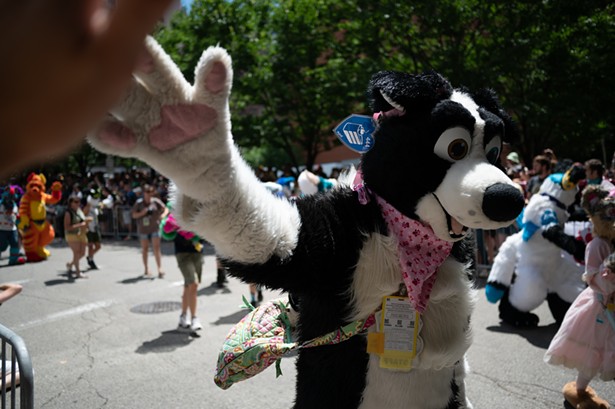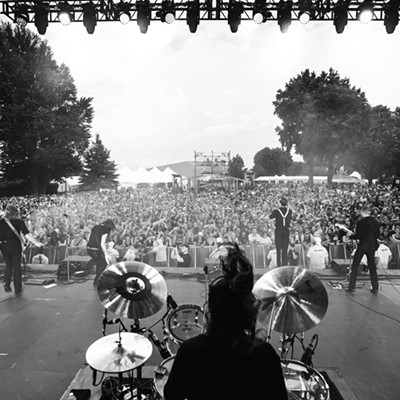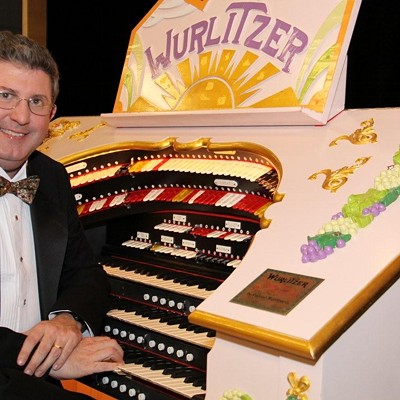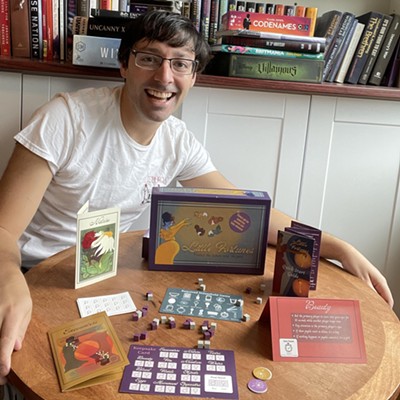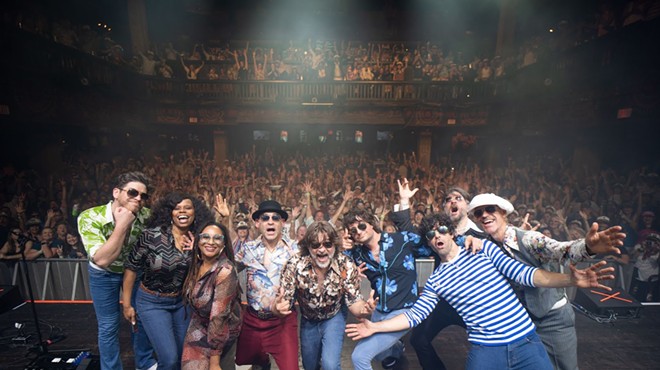A scene in Tom Scioli’s new book about Stan Lee features the comic book giant cracking a nine-tail whip against the backs of artists before passing it off as a joke.
When asked if it’s real, Scioli tells Pittsburgh City Paper, “Yeah, that’s real.”
“A few different people have talked about it. It seems like there was a period, after the war, where Stan Lee was kind of like the boy king,” he continues. “[The Second World War is] over, he’s young, he’s bursting with energy and maybe some anger, some maliciousness, and lords this position of power over his workers.”
In his new book, I Am Stan: A Graphic Biography of the Legendary Stan Lee, Scioli, a Pittsburgh-based comic book artist and educator, tells an honest, in-depth story of the complicated Marvel Comics icon.
Scioli will appear at Phantom of the Attic Comics in Oakland on Sat., Sept. 23, to sign copies of the book, along with an upcoming remaster he did of an early, that's now in the public domain, Jack Kirby comic.
Scioli, much like his Pittsburgh peers Ed Piskor and Jim Rugg, is regarded for bringing an elevated, alternative approach to nostalgic geek properties. He has produced comic series such as Transformers vs. G.I. Joe and Fantastic Four: Grand Design. He’s also created his own stories, such as the bombastic action comic American Barbarian, and isn’t new to graphic biographies — his book Jack Kirby: The Epic Life of the King of Comics came out in 2020.
Many of the popular superheroes the zeitgeist has credited to Lee — Spider-Man, Hulk, and Iron Man, to name a few — were actually co-created alongside artists such as Kirby. In cases like the Silver Surfer, many argue Lee contributed much less than half for that “co-creator” credit. Lee has also become known beyond comics for his famous cameo appearances in just about every Marvel movie made when he was still alive (he passed away in 2018).
After completing the Kirby biography, Scioli wanted a break from that type of project. Eventually, aided by walks filled with thoughts about his creative output, he decided to do a Lee biography, and not with an ax to grind or out of fanboy worship. Scioli wanted to find the truth and put it into a book.
“Largely, I approached it as a documentary more than a graphic biography,” Scioli says. “I was just reporting back, looking at the evidence, and just saying what I saw and trying to keep me out of the equation as much as possible, and just report on what I’m seeing, to the extent that it’s really possible for someone to remove themselves from it.”
Scioli opted for a speculative first-person narration from the perspective of Kirby for the previous biography. For I Am Stan, Scioli knew that wouldn’t work for Lee, someone whose entire public persona is designed to be observed.
“I saw him as very theatrical, very much a character,” Scioli says. “And so, for that, I thought more of watching him play out the drama of his life on this little stage, almost like this little vaudeville stage, very much in the tradition of a comic strip character.”
Scioli says he wanted the book to be “light on its feet,” just like Lee himself. It’s fast-paced and easy to read, aided by wide panels that let the readers’ eyes glide from top to bottom in one vertical path. He does play with and subvert this throughout, however. An early, remarkable page with a nine-panel grid shows a progressively aging Lee explaining a fact made eerie in retrospect: he had an early job writing obituaries for celebrities who hadn’t yet died.
The book recounts the legend’s entire life, from early childhood to his final moments. This includes his schoolboy days as a precocious, gifted student, his time in the military, his time at Marvel Comics, his explosion as a massively popular celebrity, and his troubled final years, in which the public grew increasingly skeptical of his legacy and became concerned he was a victim of elder abuse.
Scioli explores Lee’s early tenure at Marvel, which brought him on at a young age because of a family connection. Before the success of superheroes like The Fantastic Four, Lee, following guidance from his superiors, haphazardly wrote unsuccessful, uninspired knock-offs of other popular comics and cartoons at the time — his take on Casper the Friendly Ghost, for example, was called Homer the Happy Ghost.
“Marvel, as it matured, became associated with innovation and creativity and inventiveness, but it really, I think, grew out of this magpie approach to publishing and art,” Scioli says.
Scioli portrays the Marvel Comics offices of decades past as a strictly deadline-focused business, which was more like a newspaper office than a haven for artists. It’s often said that the birth of Marvel’s superhero universe became so successful because of its infusion of colorful action with grounded, relatable storytelling.
As Scioli puts it, Lee found himself in an industry that, for decades, employed the same people making similar stories and took advantage of his position to do something different.
“You reach a point where it’s like, ‘I developed this skill-set, and I can do all kinds of things, but the mindset of the industry is incredibly limited,’” Scioli says. “Stan Lee wasn’t the only one — there were others in the decade of the ‘60s who had this feeling of, ‘I feel like I can do a lot more with this and let me try.’ And there were various attempts, and most of them failed for business reasons, for not having access, but Stan was in a position where he had tremendous access.”
After spending so much time researching and making sense of the story of Lee, Scioli finds himself left with a complicated figure that he can’t help but admire.
“For all his faults and his flaws, I like Stan,” Scioli says, laughing. “And maybe part of that is being indoctrinated into it. I feel like I’ve gotten myself free of that indoctrination, but you wonder how far that runs deep. But I do find him to be a genuinely funny, genuinely enjoyable person. I’m very aware of his flaws, and sometimes I’m frustrated with some of the things he says or does.”
He adds, “And just doing a book about him, I feel like I’ll have this connection to him forever.”
I Am Stan: A Graphic Biography of the Legendary Stan Lee by Tom Scioli. penguinrandomhouse.com


